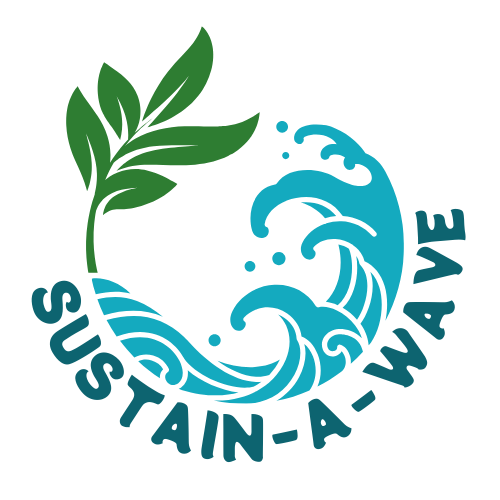- Summary
- Fact Sheet
- More Information
DISC Golf promotes sustainable community engagement through eco-friendly disc golf course design and environmental stewardship. The project leverages disc golf’s inherent low environmental impact—installing courses in existing green spaces without altering terrain or vegetation—to foster ecological awareness and outdoor recreation. By integrating educational elements (e.g., signage highlighting native species or conservation practices) and encouraging community-driven maintenance, the initiative aligns with SDG 15 (Life on Land) and SDG 4 (Quality Education).
Key objectives:
- Promoting physical activity, and enhancing public appreciation for natural landscapes through shared recreational spaces.
- Ecological stewardship: Understanding habitat preservation and invasive species management via course signage and community clean-up events.
- Sustainable recreation: Comparing disc golf’s low-impact design to resource-intensive sports like traditional golf or football.
The project supports SDG 15 by promoting biodiversity through native species retention and SDG 4 via experiential learning in natural settings
Target Groups/Clients:
- Primary: Local communities, schools, and youth groups.
- Secondary: Disc golf enthusiasts, conservationists, and park administrators.
Transferable practices:
- Replicable model: Low-cost, adaptable design for underutilized parkland.
- Educational signage: Rotating displays to keep content fresh and engaging.
- Eco-conscious operations: Virtual meetings, recyclable materials, and local outreach to reduce carbon footprints.
Synergies:
- Minimalist design: Courses avoid tree removal and terrain alteration, preserving biodiversity.
- Community stewardship: Volunteer-driven maintenance and educational events foster ownership and sustainability.
- Cross-sector collaboration: Partnerships with schools, conservation agencies, and local businesses.

